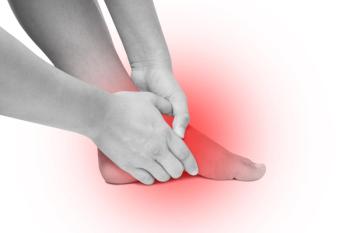
A Gender Difference in Acute Pain
A recent study from the University of California (UC) San Diego School of Medicine highlighted significant sex-based differences in pain processing, revealing that pain medication is less effective in women compared with men. The findings, published in the journal
Previous preclinical and clinical work had established a preponderance of chronic pain syndromes in females. Observed clinical responses to pain relievers, and opioids specifically, have shown a weaker analgesic signal among women compared with males.
There is also a gender disparity in opioid effectiveness and its implications for misuse and addiction, particularly in females, who are prescribed opioids at higher rates despite their reduced efficacy.
It is generally accepted that endogenous opioids mediate analgesia differently in males than they do females.The mechanisms by which the endogenous opioid system operate between the sexes, however, remain poorly understood in the setting of analgesia and psychological resilience.
The study's methodology included a meditation training program followed by a controlled experiment where participants received either a high dose of naloxone or saline as a placebo. After the administration, participants were subjected to a painful heat stimulus, generating 10 to 12 seconds of 120°F exposure. Pain ratings were collected using an 11-point visual analog scale before and after administering either naloxone or placebo saline.
The results demonstrated that meditation alleviated pain for both genders, but naloxone's effectiveness was significantly lower in women. Researchers discovered that women tended to rely more on non-opioid mechanisms for pain relief, while men more effectively utilized opioids. In other words, pain relief was blocked by naloxone administration in men whereas meditation induced pain relief persisted in females despite naloxone administration, suggesting non-opioid pain mitigating pathways.
The findings suggest a potential sex difference in the mechanisms through which pain is modulated, which might have significant implications for future pain management strategies.
This research underscores the critical need to consider sex differences in the development and implementation of pain management therapies.
Newsletter
Get the latest industry news, event updates, and more from Managed healthcare Executive.



















































